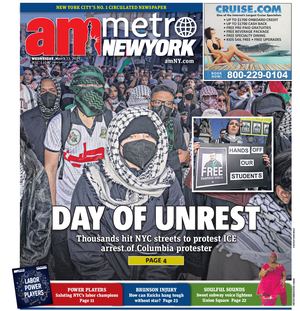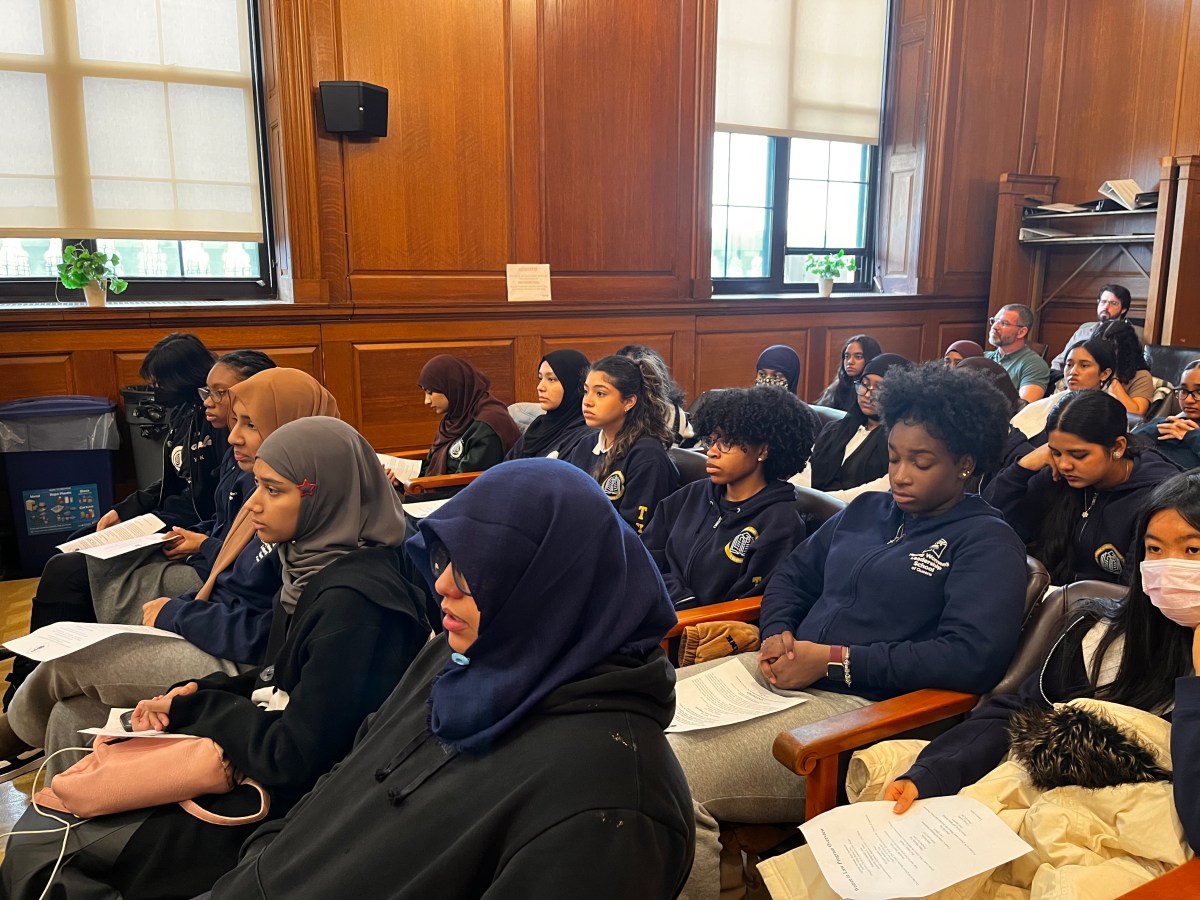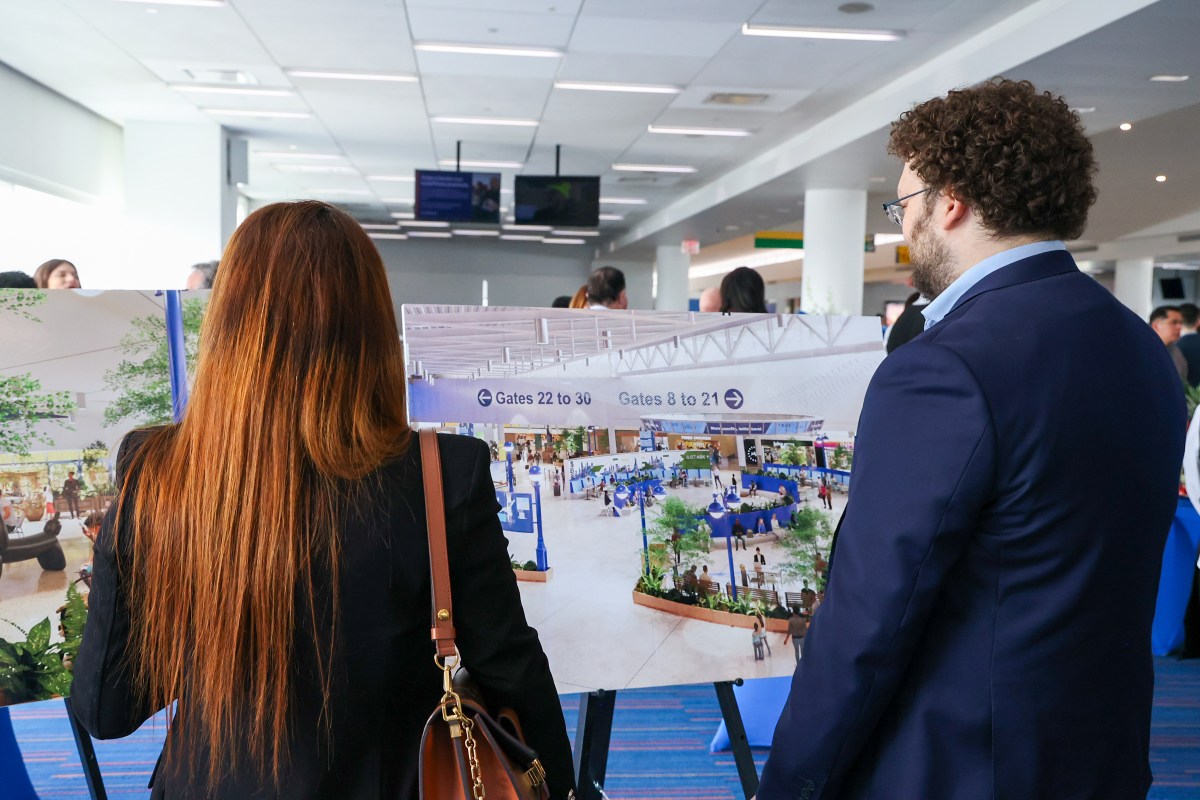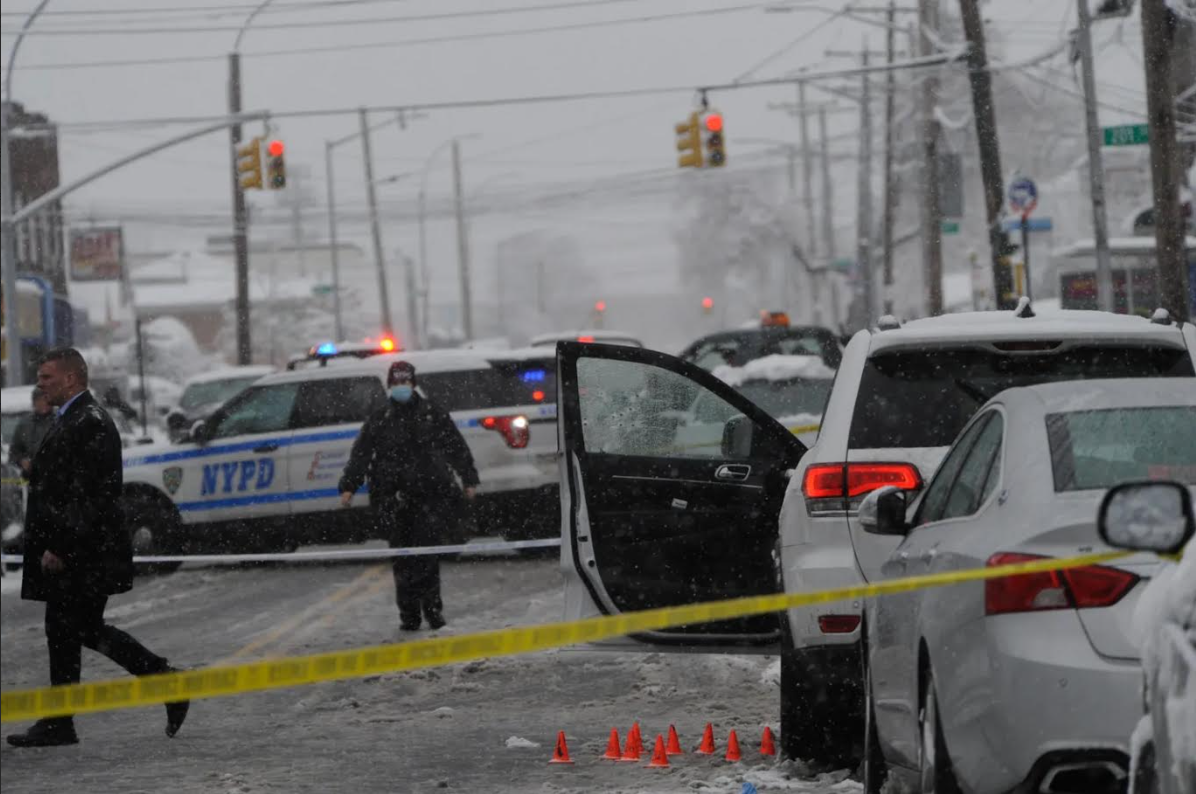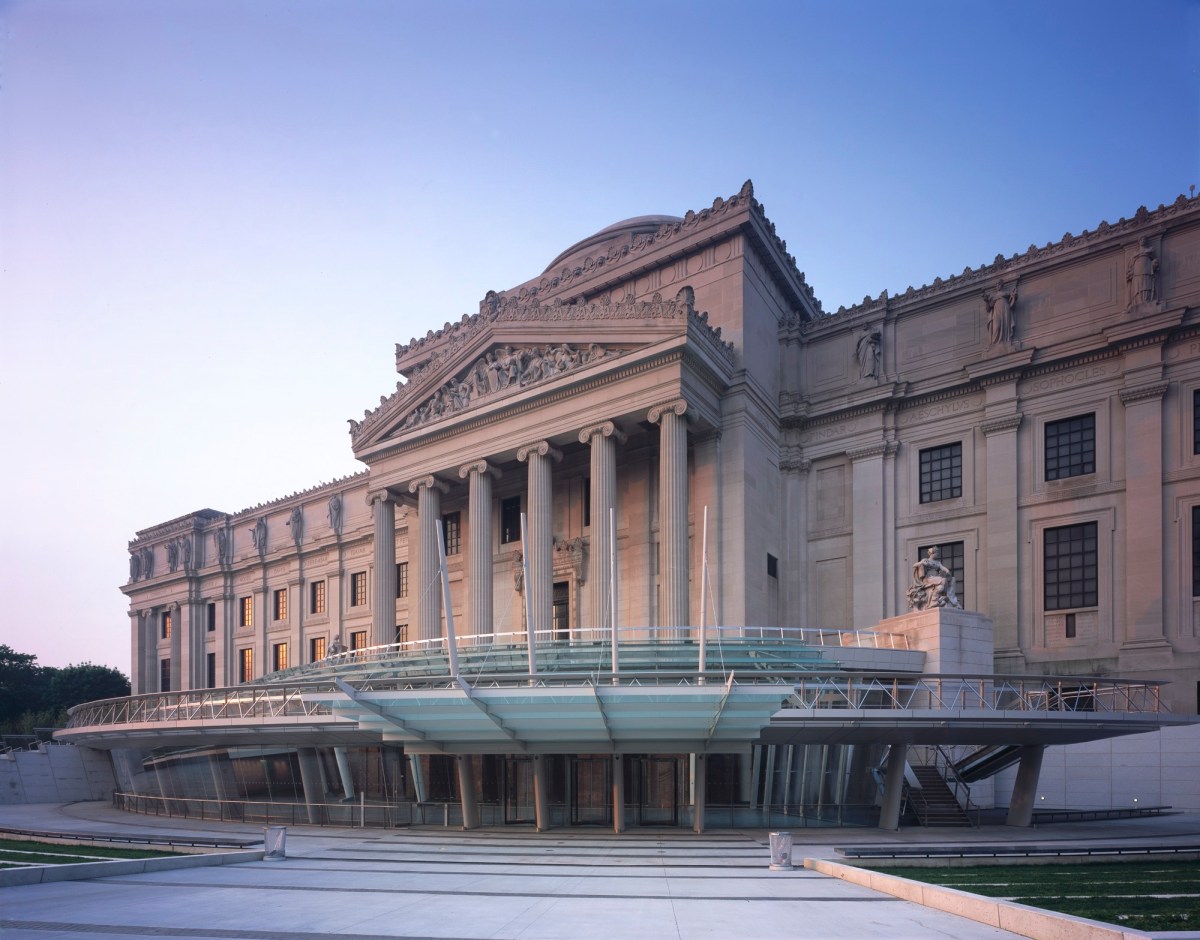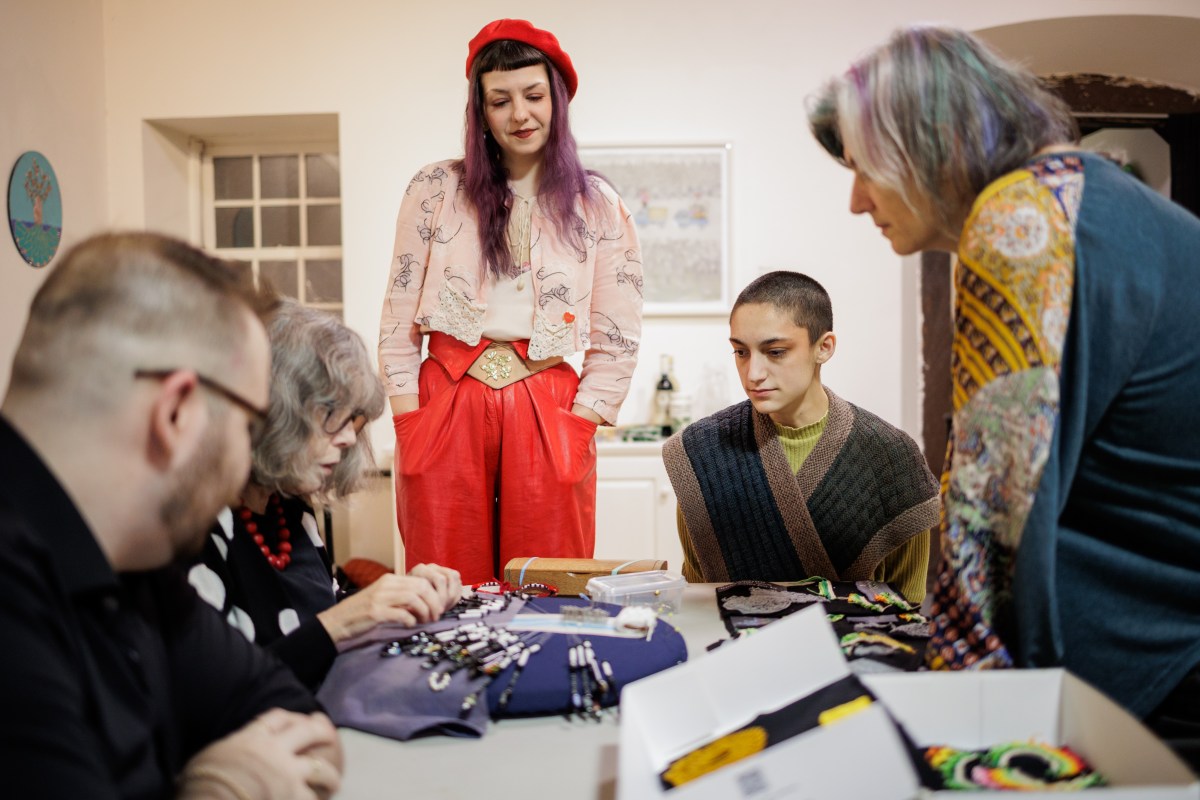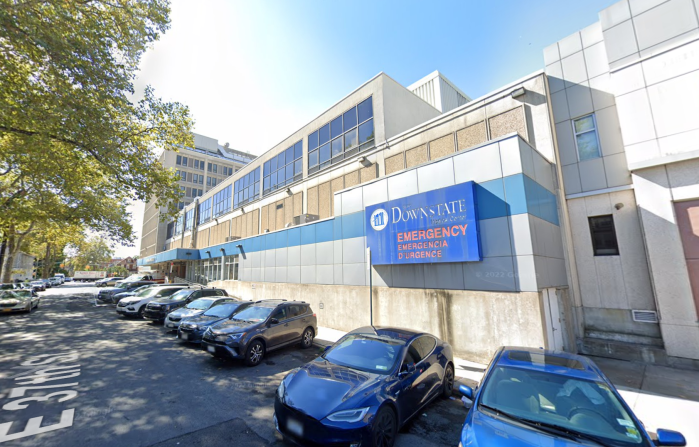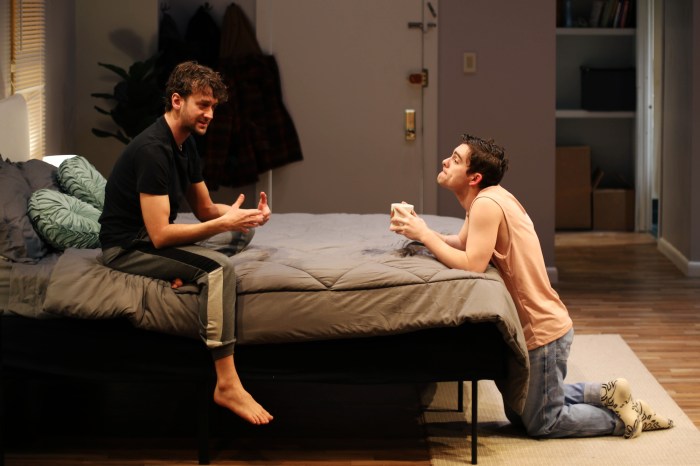-
 The Lemon Ice King of Corona (pictured)
The Lemon Ice King of Corona (pictured)52-02 108th St.
One of Corona’s historic gems, serving Italian ices for more than 60 years. Find 36 flavors, from cherry to cantaloupe
Rincon Criollo
40-09 Junction Blvd.
This 40-year-old eatery specializes in classic Cuban dishes like ropa vieja (shredded beef in tomato sauce).
Leo’s Latticini Mama’s
46-02 104th St.
In the Italian section of Corona, Leo’s Latticini has specialized in classic Italian sandwiches with fresh ingredients since 1920.
718- 898-6069
Tortilleria & Taqueria Nixtamal
104-05 47th Ave.
Visit this trendy but traditional Mexican restaurant where the corn tortillas are made in-house.
” data-id=”112481750″ data-link=”https://amnewyork.wpengine.com/wp-content/uploads/2019/10/14075_image.jpg” class=”wp-image-1.12481750″/>Photo Credit: Linda Rosier -
 N.Y.C Bicycles (pictured)
N.Y.C Bicycles (pictured)102-58 43rd Ave.
Find the latest cycling gear and everything you need to fix your bike.
347-617-1534
John’s Flower Shop
40-09A 104th St.
Pick up flowers for weddings, birthdays and your significant other.
718-779-2028
Happy Fiesta
41-23 National St.
Get all the balloons, pinatas, and decorations for your next party.
718-205-7057
” data-id=”112482175″ data-link=”https://amnewyork.wpengine.com/wp-content/uploads/2019/10/125_image.png” class=”wp-image-1.12482175″/>Photo Credit: Linda Rosier -
 New York Hall of Science (pictured)
New York Hall of Science (pictured)47-07 111th St.
This museum is located within Flushing Meadows-Corona Park and offers 450 exhibits and activities focused on science and technology. Admission is free on Fridays from 2-5 p.m. and Sundays from 10-11 a.m.
Queens Zoo
53-51 111th St.
Also in the park, this 18-acre zoo is affiliated with the World Conservation Society and features animals like a puma, coyotes and various types of birds.
World Ice Arena
125-40 Roosevelt Ave.
Grab your skates and head to this ice rink, which is open to the public for several hours a day year-round.
William F. Moore Park
51st Avenue between Corona Avenue and 108th Street
A smaller, triangular park with plenty of benches to sit and have lunch, though it’s most popular for its bocce courts.
Nycgovparks.org” data-id=”112481754″ data-link=”https://amnewyork.wpengine.com/wp-content/uploads/2019/10/23142_image.jpg” class=”wp-image-1.12481754″/>
Photo Credit: Linda Rosier -
 Trains:
Trains:
7 to Junction Boulevard, 103rd Street-Corona Plaza, 111th Street, and Mets-Willets Point
Buses:
Q19, Q23, Q38, Q48, Q58, Q66, Q72, Q88
” data-id=”112482249″ data-link=”https://amnewyork.wpengine.com/wp-content/uploads/2019/10/20451_image.jpg” class=”wp-image-1.12482249″/>Photo Credit: Samantha Wieder -
 Median sales price: $590,000
Median sales price: $590,000
Number of units on market: 14
Median rental price: $1,650
Number of rentals on market: 337
(Source: StreetEasy)
” data-id=”112481751″ data-link=”https://amnewyork.wpengine.com/wp-content/uploads/2019/10/14077_image.jpg” class=”wp-image-1.12481751″/>
Photo Credit: Linda Rosier -
 Corona is becoming a hotspot for foodies, thanks to a new outdoor food market near the New York Hall of Science.
Corona is becoming a hotspot for foodies, thanks to a new outdoor food market near the New York Hall of Science.Since launching in the summer of 2015, the Queens Night Market has attracted thousands of visitors and features 60 vendors from eateries across the borough, like Flushing’s Dumpling Galaxy, Corona’s Completo NYC and the Romanian sweets food cart Twisted Cakes.
The non-profit food market ran from April through September in 2015, and this year was extended through October to meet the huge demand, according to its founder John Wang.
Wang said Flushing Meadows-Corona Park is the perfect location because of the area’s rich culture.
“Queens has the distinction of being the world’s most diverse borough [and] the Night Market is meant to recognize a number of backgrounds,” he said.
And if visitors don’t get their fill from the vendors, Wang said they don’t leave Corona with an empty stomach as many stay to explore its restaurants.
“The majority of the people haven’t been to Corona before,” he said. “I think it’s bringing a lot of traffic.”
The market is open on Saturday nights through Oct. 29th from 6 p.m. to midnight. Visit queensnightmarket.com for more info.
” data-id=”112482246″ data-link=”https://amnewyork.wpengine.com/wp-content/uploads/2019/10/126_image.png” class=”wp-image-1.12482246″/>Photo Credit: Linda Rosier
If there was a perfect example of New York’s melting pot it would be Corona.
On the exterior, the No. 7 train roars above the central Queens neighborhood’s one- and two-family brick houses and small buildings, and the massive Flushing Meadows-Corona Park.
Below it, immigrant families with ties to Europe, Asia and Latin America stroll through its main corridors like 108th Street and Roosevelt Avenue buying groceries from a number of ethnic shops and dining on international cuisines at various restaurants.
Corona’s diversity is becoming a magnet for residents and visitors alike, according to Christian Cassagnol, district manager for Queens Community Board 4, which covers the area.
“There is no question people are discovering Corona,” the lifelong resident said. “You see all walks of life and all different cultures taking part.”
Corona began attracting immigrants in the early 1900s, when Italian Americans moved in and built dozens of shops, garages and other businesses along 108th Street and Roosevelt Avenue. The most famous contribution is the Lemon Ice King of Corona at 52-02 108th St., which has been serving cold sweet treats for more than 70 years.
The architecture reflects the look of the early 20th century with brick houses and buildings rarely top six stories.
Even though Corona’s buildings remained unchanged over last 30 years, its residents gained a new generation of immigrants predominantly from Latin America, particularly Mexico, Ecuador and the Dominican Republic.
As a result, many businesses in the area have a Latin American vibe. A walk down National Street between Roosevelt and Corona avenues will yield mom-and-pops like the Tulcingo Bakery and the party supplies store Happy Fiesta.
Grocery stores like the Food Bazaar supermarket at 97-27 57th Ave. and the Corona Live Poultry Market at 109-25 46th Ave. are popular for stocking up on authentic Latin American ingredients.
“We see people from all backgrounds shop in those stores and enjoy the culture,” Cassagnol said.
The No. 7 train is the main mode of transportation for locals. The neighborhood’s four stops at Junction Boulevard, 103rd Street, 111th Street, and Mets-Willis Point are within walking distance for the entire neighborhood and get straphangers into Times Square in half an hour on the local or less on the express.
The train has a tradeoff, however, especially for businesses located underneath the elevated tracks on Roosevelt Avenue. The poorly-lit streets and noise have been a nuisance for decades.
To help beautify the area, the city Department of Transportation four years ago constructed a pedestrian plaza along Roosevelt Avenue between National and 104th streets. It has benches, tables and plants, and is open to street events and programs.
“In the summertime, they offer free outdoor Zumba classes and sometimes they have little street fairs in the plaza,” said Vilma R. Daza, 62, a library manager at the Queens Library Corona branch at 38-23 104th St., which is down the street from the plaza.
But the community’s biggest recreational space is Flushing Meadows-Corona Park, the city’s fourth-largest park at 843 acres. It is an attraction for residents of the entire borough, has made an appearance in movies and literature, was the site of two Worlds Fairs and is home to the landmarked Unisphere globe.
It is an ideal spot for joggers, bikers, picnickers and other outdoorsy-types who want some leafy scenery.
“It feels like I am not in the city,” lifelong Corona resident Nicolas Warner, 21, said of spending time the park.
Even when the weather is cold, it offers plenty to do, from exhibits at the Queens Museum and New York Hall of Science, Queens Zoo and tennis at the USTA Billie Jean King National Tennis Center.
The park’s attractions make up for Corona’s lack of nightlife. While some delis remain open well into the early morning hours for those looking for snacks and supplies, it isn’t well-stocked in bars and nightclubs.
Currently, housing prices in the quiet neighborhood are affordable compared to other parts of Queens, Manhattan and Brooklyn, but the cost is rising.
The median rent in Corona jumped from $1,150 in 2011 to $1,770 in 2016 as of Sept. 19, according to the listings site StreetEasy. The median sales price rose from $376,611 in 2011 to $680,000 this year, the site found.
Julio Jimenez, 49, who owns N.Y.C Bicycles, a cycling shop at 102-58 43rd Ave., said newcomers are attracted to the area’s easy transit to Manhattan.
“People that have lived in Manhattan are moving to the area because it is close to the city,” he said. “The 7 trains take you to and from Manhattan [quickly].”
And as residents are priced out of other Queens neighborhoods like Flushing and Rego Park, which are experiencing luxury development booms, the demand on Corona will increase, added Jannis Pineda, a Corona real estate sales broker with Citi Habitats.
“It will definitely get more expensive,” she said.
But locals like 20-year resident Roberto Garcia, 45, who operates a food cart on National Avenue, said newcomers are welcome, as they are part of life in an immigrant community.
“The neighborhood is growing, but the culture will stay the same,” he assured.
Find it:
Corona is bordered to the north by Roosevelt Avenue west of 114th Street and Northern Boulevard east of it, and to the south by the Long Island Expressway, according to StreetEasy. It is bound to the west by the Grand Central Parkway north of Roosevelt Avenue and Junction Boulevard south of it, and to the east by the Van Wyck Expressway.
